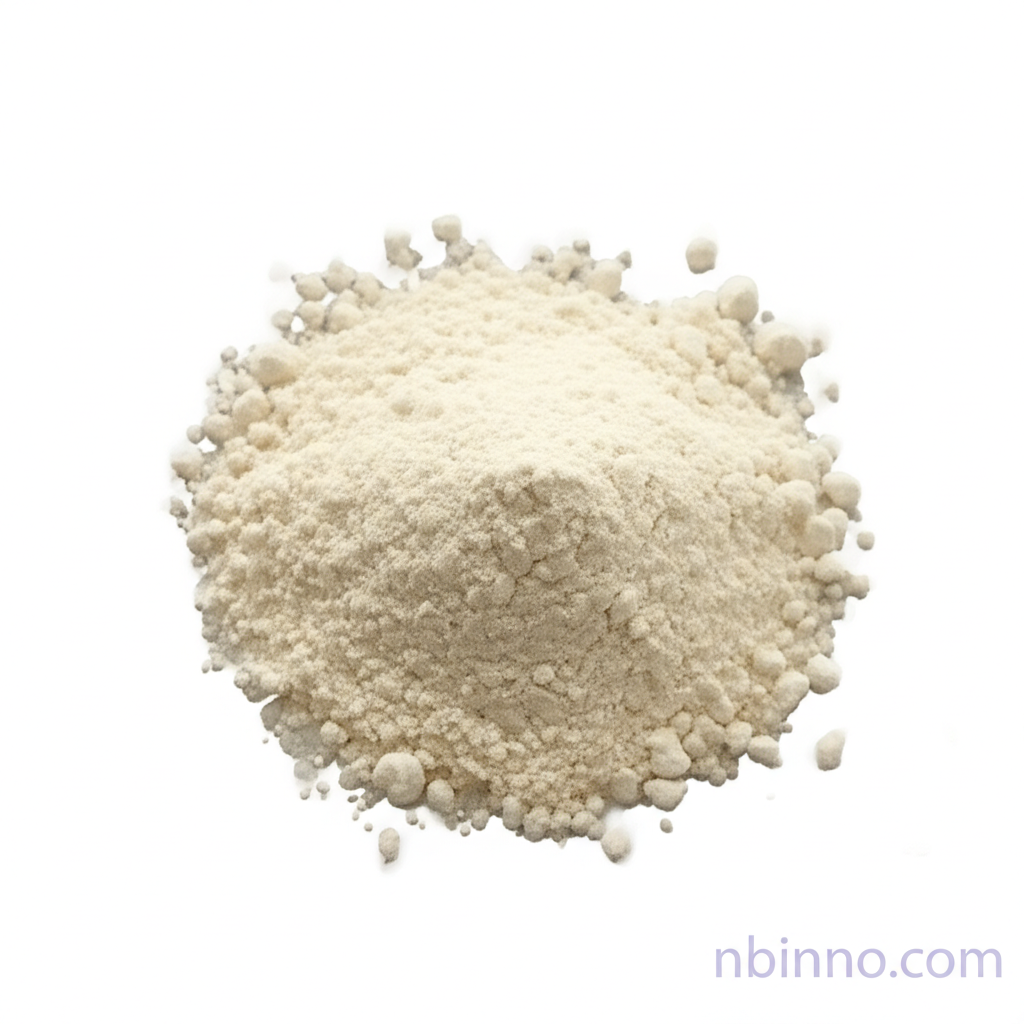1-(Triphenylphosphoranylidene)-2-propanone: A Key Intermediate for Organic Synthesis and Advanced Materials
Unlock new possibilities in chemical synthesis and material innovation with this crucial organic compound.
Get a Quote & SampleProduct Core Value

1-(Triphenylphosphoranylidene)-2-propanone
A critical chemical intermediate, 1-(Triphenylphosphoranylidene)-2-propanone (CAS 1439-36-7) is highly valued for its unique structure and reactivity, making it indispensable in numerous chemical applications.
- Discover the power of 1-(triphenylphosphoranylidene)-2-propanone synthesis for creating complex organic molecules. This compound's Wittig reagent capabilities are central to many synthetic pathways.
- Leverage CAS 1439-36-7 organic intermediate for enhanced reaction efficiency and yield. Its role as a building block is key in fine chemical production.
- Explore phosphoranylidene compound applications in catalysis and materials science. Its unique properties contribute to the development of novel polymers and catalysts.
- Understand the uses of this vital organic chemistry reagent. From pharmaceuticals to materials, its versatility is unmatched.
Key Advantages
Versatile Organic Synthesis Tool
As a premier Wittig reagent, it facilitates efficient carbon-carbon double bond formation, crucial for synthesizing a wide array of organic compounds.
Catalytic Capabilities
Its ability to act as a catalyst improves reaction rates and selectivity, a significant advantage in pharmaceutical and fine chemical industries.
Material Science Innovation
The compound's unique electronic properties make it valuable for designing advanced materials like polymers and nanomaterials.
Key Applications
Organic Synthesis
Serves as a versatile reagent for the synthesis of complex organic molecules, enhancing reaction efficiency and yield, a key aspect of organic synthesis.
Catalysis
Functions as a catalyst in various chemical reactions, improving reaction rates and selectivity, essential for the pharmaceutical and fine chemical sectors.
Materials Science
Utilized in developing advanced materials such as polymers and nanomaterials due to its unique electronic properties, leading to innovative applications.
Medicinal Chemistry
Employed by researchers in the design and development of new pharmaceutical agents, leveraging its ability to modify biological activity and improve drug efficacy.
